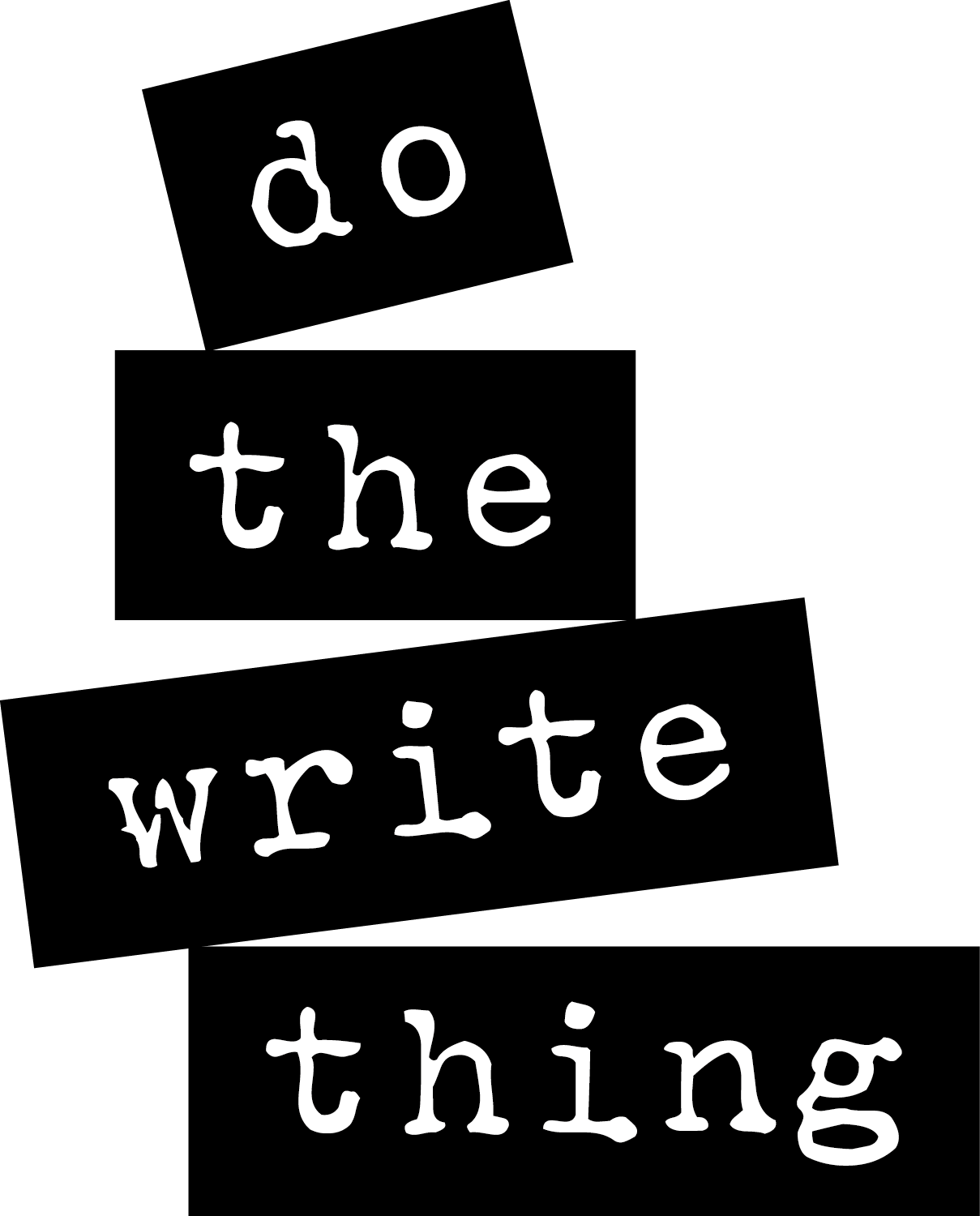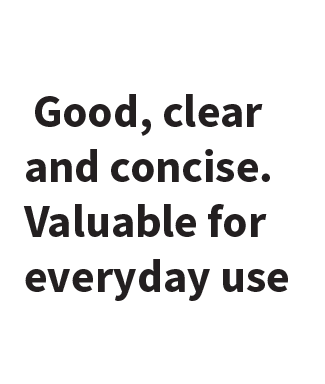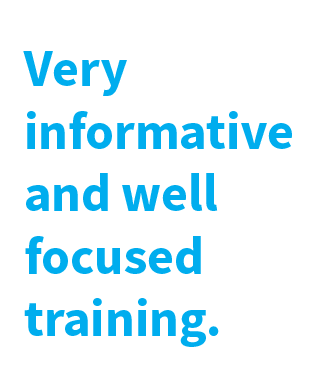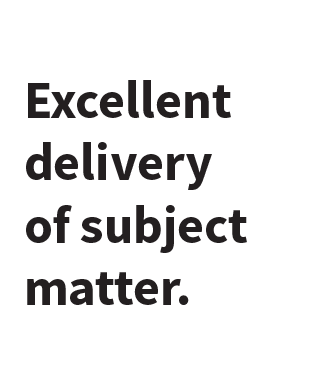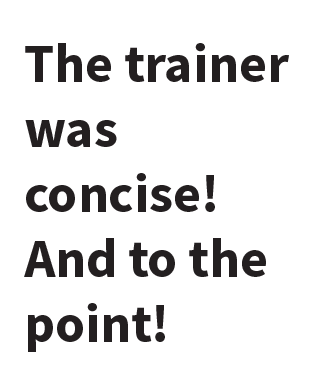how to write cracking chronologies
Why is this subject important?
Recent inquiries into the care of children, adults at risk, and people who commit serious crimes have all concluded that a chronology could have helped towards an earlier identification of risks to the person, or risks from them. Indeed, Lord Laming noted the importance of effective chronologies in the cases of Victoria Climbie and Peter Connolly. Ofsted inspections also regularly highlight the need for improved chronologies.
How will this course help me?
By understanding what is expected and what works well you will see the practical usefulness of chronologies – and how they can work well. You will see that a chronology is not an assessment, a replication of the case record nor is it an end in itself. It is a tool which professionals in a range of disciplines can use to help them to understand what is happening in the life of a child or adult. This course will explore the characteristics of a cracking chronology – and how to write them well.
What will I learn? You will learn that chronologies are:
- significant events in a young person’s life – and consider what is meant by “significant”;
- factual and free from comment;
- not an end in themselves but a useful practice tool to help with analysing evidence and coming to sound judgements
- reliant on accurate, up-to-date records;
- concise (in case files and court reports);
- best if regularly reviewed; and
- flexible.
do the write thing: (e) office@dothewritething.co.uk
